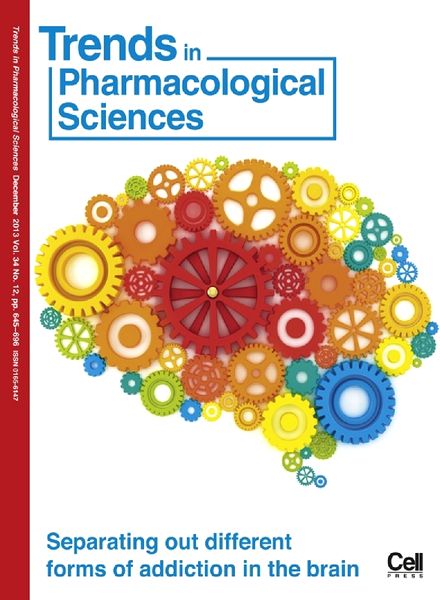
“Hepatocellular carcinomas will emerge as a major form of malignancy in the coming decades.
When these tumors are in advanced stages, few therapeutic options are available.
Therefore, it is essential to search for new treatment modalities to fight this disease.
Aim
Evaluate the possible protective and therapeutic effects of Cannabis extract on dimethylnitrosamine (DMNA)-induced hepatocarcinogenicity in mice.
Conclusion
The protective effect of cannabis extract is more pronounced in group taking cannabis before DMNA.
Cannabinoids might exert their anti-tumor effects by the direct induction of apoptosis and can decrease telomerase activity by inhibiting the expression of the TERT gene…”
http://www.sciencedirect.com/science/article/pii/S209050681400027X


